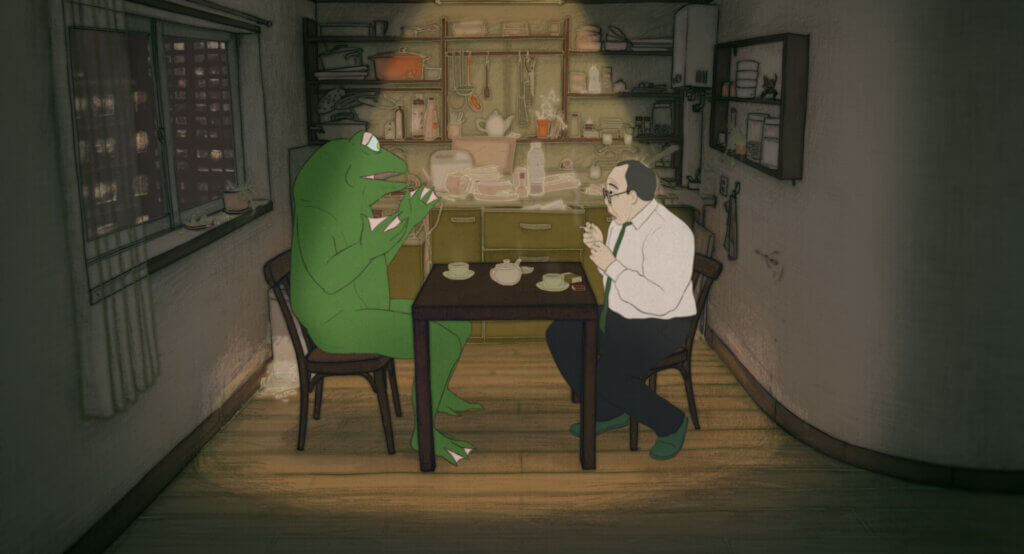Murakami’s Silent Years: Exploring the Impact on Contemporary Literature
A few years ago, Murakami entered a period of relative quietude. He refrained from giving interviews and releasing novels at his customary pace, despite having authored an impressive collection of 34 novels and numerous short stories over the span of four decades. Despite his recognition as one of our era’s preeminent writers, some discussions on female representation, gender roles, and character development suggest that his work aligns more closely with a bygone generation.
Let me elaborate on the aforementioned point. In many of Murakami’s books, women and sexuality serve as gateways for men to explore unfamiliar realms, namely the shadows of their existence that render their everyday lives unrecognizable. These stories often depict the silent passage of time that numbs the male protagonists, compelling them to delve into their unconsciousness for rejuvenation. How do you perceive Murakami’s female characters and their role as gatekeepers? This complex question likely contributed to the writer’s silence, distancing him from a generation that scrutinizes heteronormative narratives.
However, recent productions and adaptations of Murakami’s work are once again thrusting him into the contemporary spotlight. These endeavors delve into his customary themes of loss and subtle existential anguish, regardless of whether he consistently portrays women as sexual accomplices. Moreover, they demonstrate that the enchanting power of his prose continues to have a tranquilizing effect on readers, providing a comforting refuge from the alienation his protagonists experience, causing them to withdraw into themselves—or perhaps the reverse. One such example is “Drive my Car,” a film adaptation directed by Ryusuke Hamaguchi, which premiered in 2021.

“Drive my Car” stands as arguably the most triumphant adaptation of Murakami’s work, captivating audiences with its artistic brilliance. The film received nominations for Best Director, Best Adapted Screenplay, and Best International Feature Film, establishing itself as an arthouse sensation. Hamaguchi masterfully captures the essence of Murakami’s characters, portraying them as self-contained individuals distanced from their own emotions, grappling with existential melancholy and a shared sense of the necessity to persist. In this regard, Hamaguchi faithfully depicts—perhaps even surpasses—the underlying currents of turbulence concealed beneath seemingly placid daily life, even outshining Murakami’s original short story.
Hamaguchi is a contemporary poet of Japanese cinema. Through his delicate visual prose, he skillfully encapsulates the agonizing passage of time and the ostensibly passive existence of individuals, meticulously unearthing the ordinary and the “invisible.” His adaptation of Murakami’s work is truly remarkable, expanding a short story into a three-hour masterpiece that captivates viewers from beginning to end—something that even Murakami himself, who typically shies away from film adaptations of his work, acknowledges.
Beyond Hamaguchi’s “Drive my Car,” another exceptional adaptation of Murakami’s tales is Pierre Földes’s “Blind Willow, Sleeping Woman.” This animated film, drawing inspiration from various short stories across Murakami’s extensive collections, has recently garnered immense attention, despite only having been released in theaters a few weeks ago. Földes’s creation is whimsical, interweaving mundane and psychedelic experiences, and its protagonist embarks on an emotional and physical journey in search of profound human connections. This haunting cinematic experience delves into themes of grief, loss, memory, and urban alienation, set against the backdrop of the devastating Tokyo earthquake of 2011.

“Blind Willow, Sleeping Woman” is the first animated feature to adapt Murakami’s work, utilizing advanced 3D modeling techniques to capture the subtleties of his characters’ movements and gestures. The film aims to faithfully embody the surrealist style of Murakami’s literary oeuvre and the overpowering emotions that reside within his characters’ subconsciousness. Its release coincides with Murakami’s most recent novel, “The City and Its Uncertain Walls,” marking his first foray into the novel form in six years since “Killing Commendatore.”
While it is premature to gauge audience feedback, the works of Murakami and Földes hold the promise of delivering stirring and expansive experiences. It remains to be seen whether these recent creations will influence Murakami’s approach to female representation and reshape the trajectory of his artistic endeavors.



























